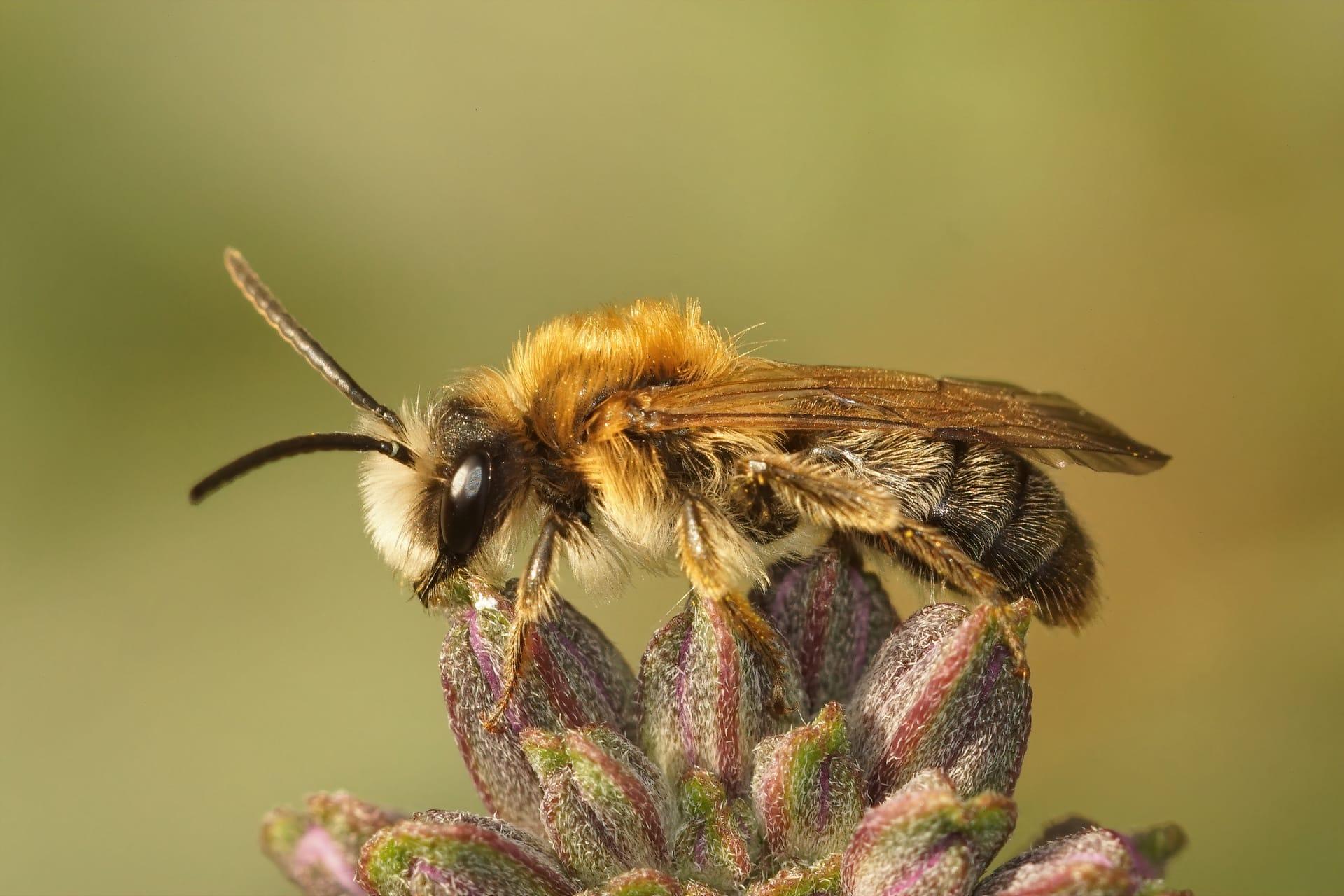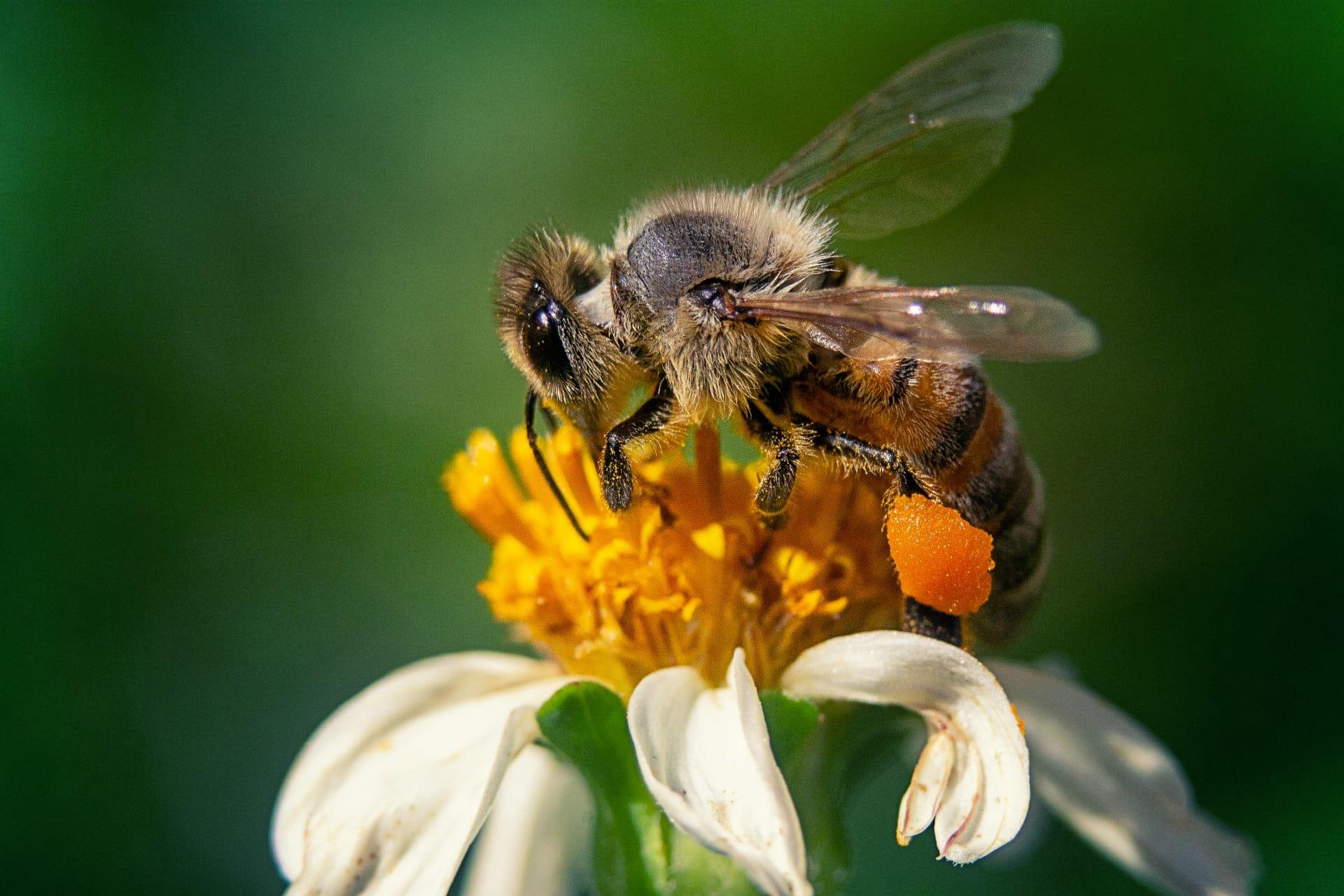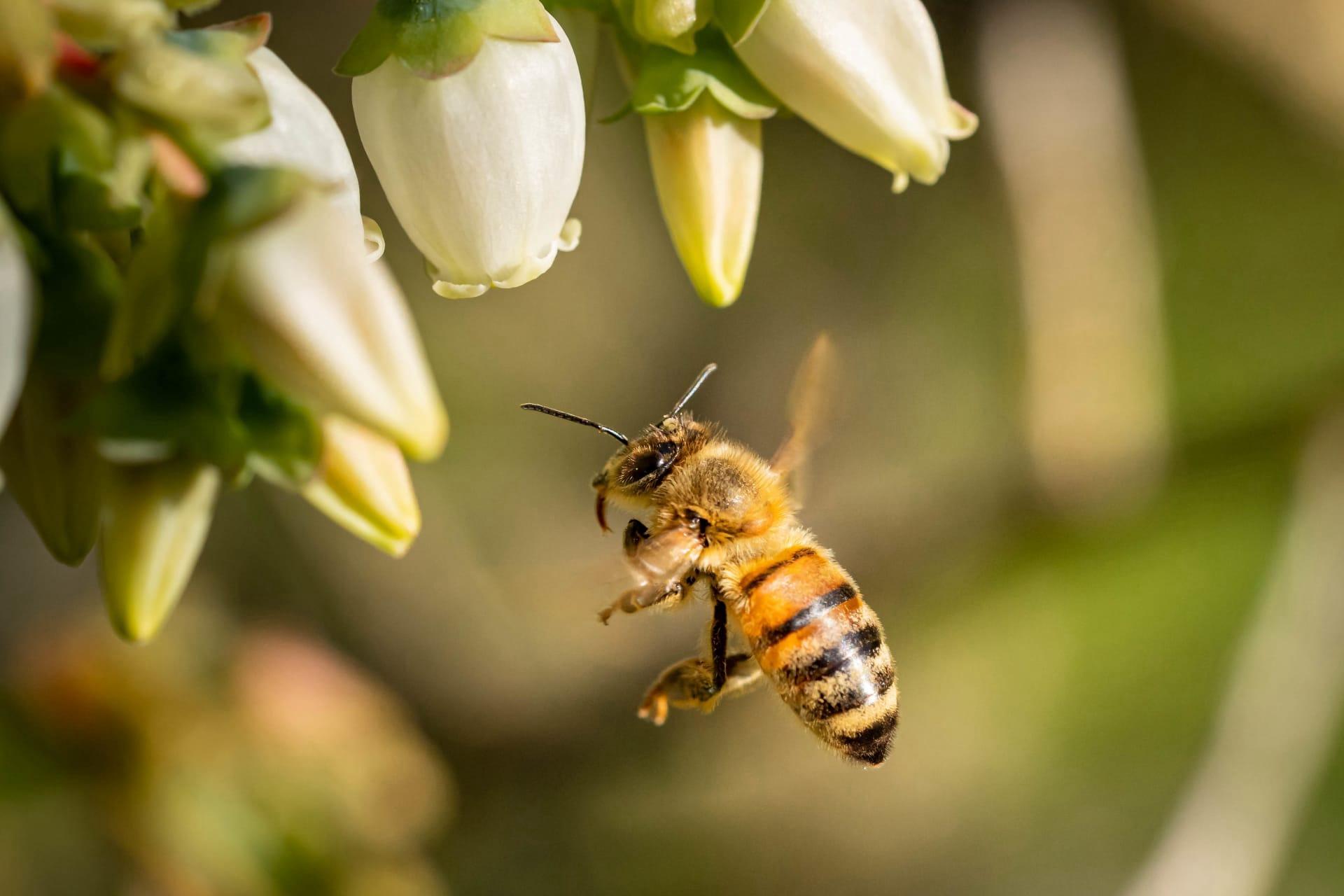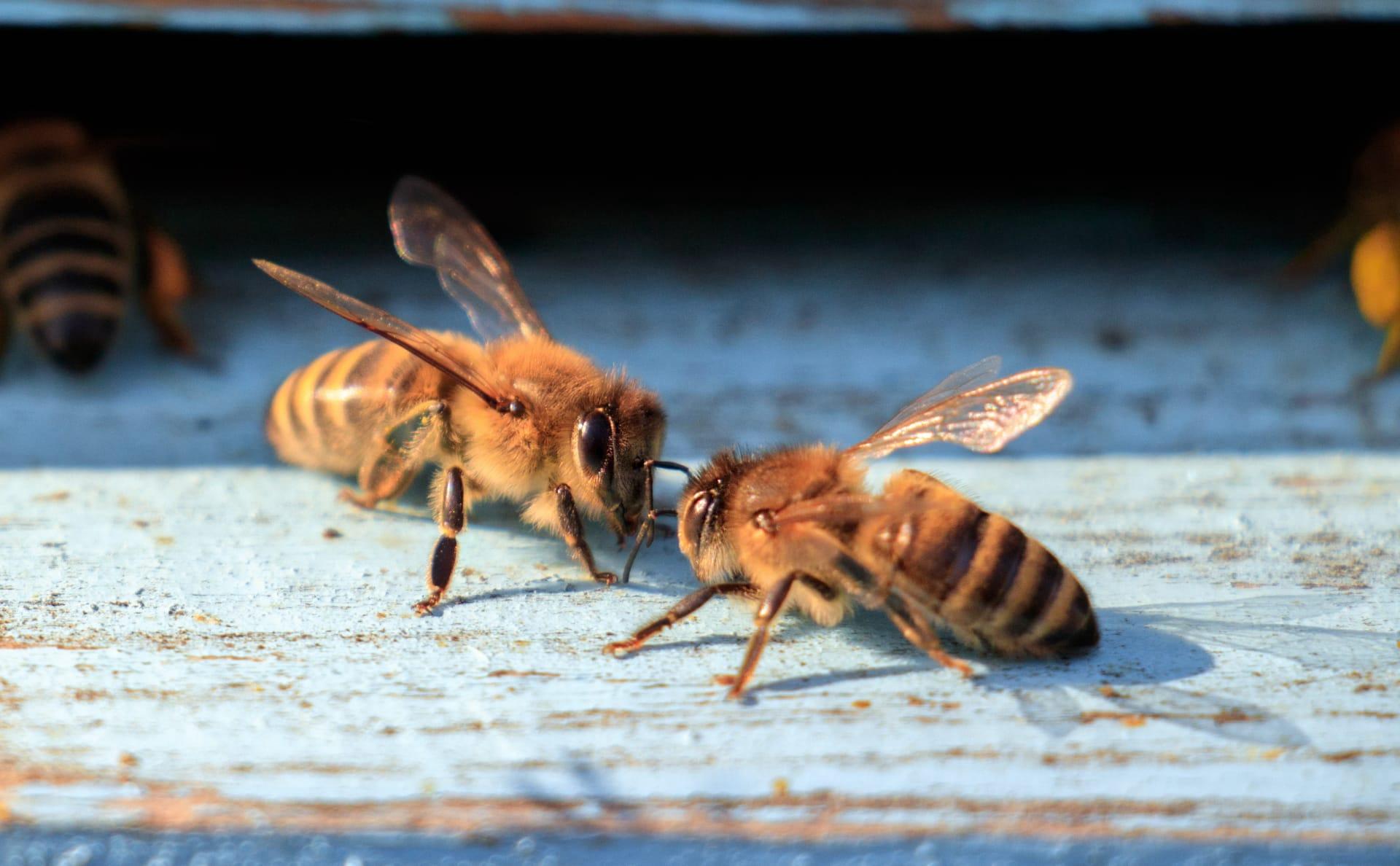Bees
- Home /
- Mini Encyclopedia /
- Animal /
- Bees
1
Bee species are a marvel of nature, grouped under the family Apidae. This family comprises over 20,000 known species, categorized into seven to nine recognized families. Among the most well-known is the genus Apis, which includes species like the Western honey bee (Apis mellifera), famed for honey production. Another notable genus is Bombus, encompassing around 250 species of bumblebees. Diversity is key in their classification, with species varying in size, color, and behavior.
Bees are global citizens, inhabiting every continent except Antarctica. Their distribution is influenced by environmental factors such as climate, availability of flowering plants, and habitat types. The Western honey bee, for instance, originally native to Europe, Africa, and parts of Asia, has been introduced worldwide due to its importance in agriculture. Bumblebees are mainly found in the Northern Hemisphere, with the highest species diversity in temperate regions. Tropical regions, such as those in South America and Southeast Asia, host a wide variety of stingless bees, which are crucial pollinators in these ecosystems.

2
Question: Are all bees aggressive and likely to sting humans?
Answer: This is a common misconception. In reality, bees are generally non-aggressive and sting only in self-defense or to protect their hive. The Western honey bee, for instance, may sting when provoked, but many bee species, including stingless bees and some solitary bees, are quite docile and rarely sting. The stinger, a modified egg-laying organ, is only present in female bees. Moreover, for honey bees, stinging is a fatal act, as they lose their stinger and die shortly after. Their behavior is more about safeguarding their community than attacking others.

3
Bees exhibit remarkable survival strategies, such as their sophisticated communication system. The most famous is the 'waggle dance,' used primarily by honey bees. This dance communicates the location of food sources to hive mates, involving a series of movements that indicate direction and distance. Another strategy is their efficient foraging behavior, where bees maximize energy intake by visiting flowers rich in nectar and pollen, crucial for their nutrition.
Their reproductive strategy also ensures species survival. In honey bees, the queen is the only reproductive female, laying thousands of eggs. Other bees like bumblebees have annual colonies where the queen starts a new colony each spring. Solitary bees, which make up the majority of bee species, lay eggs in individual nests, with the mother provisioning each nest with food for the emerging larvae, showing the diversity in their reproductive approaches.

4
In ecosystems, bees play a pivotal role in maintaining ecological balance. They are primary pollinators, a critical process for the reproduction of many flowering plants. This pollination supports the growth of fruits, nuts, and seeds, which are vital food sources for a wide range of animals. Bees thus indirectly support other levels of the food chain, contributing to the overall health of ecosystems.
Their role extends to human agriculture, where they are key in pollinating many crops. This service is invaluable economically; for example, in the United States alone, honey bees contribute over $15 billion to the value of agricultural crops annually. Their decline, due to factors like habitat loss, pesticides, and climate change, poses a significant threat to global food security and biodiversity.

5
Film: "More Than Honey" (2012), a Swiss-German documentary, directed by Markus Imhoof, delves into the fascinating world of bees. It explores the life and role of honey bees, addressing the global decline of bee populations and its implications. The film spans several countries, including the United States, Switzerland, and China, providing a comprehensive view of bees' impact on ecosystems and agriculture.
Book: "The Bees in Your Backyard" (2015), by Joseph S. Wilson and Olivia J. Messinger Carril, is a comprehensive guide to North American bees. It covers the diversity of bee species in the United States and Canada, offering insights into their identification, distribution, and behavior, making it a valuable resource for both enthusiasts and scientists.
Book: "Buzz: The Nature and Necessity of Bees" (2018), by British biologist Thor Hanson, is an engaging exploration of bees' natural history and their relationship with humans. The book weaves scientific research with cultural and historical perspectives, highlighting the crucial role bees play in our world and the urgent need to protect them.